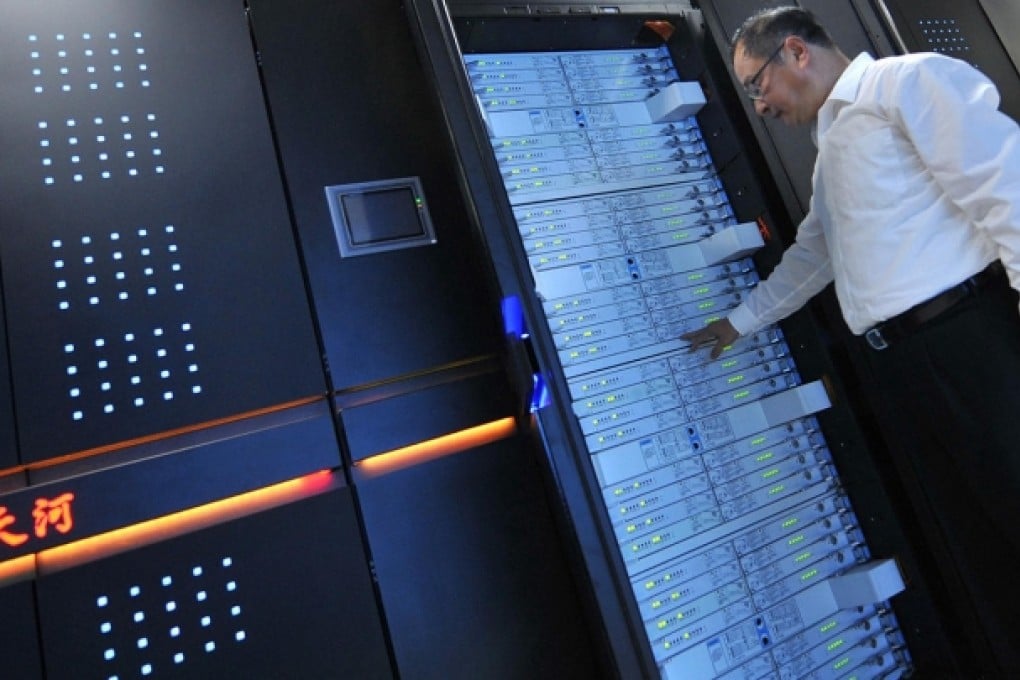World's fastest computer, Tianhe-2, might get very little use
The Tianhe-2 has been hailed as an example of China's tech muscle, but some experts say it may be too powerful for most tasks

At the Daya Bay nuclear power plant in Shenzhen, hopes that a neutrino experiment can lead to a Nobel Prize in physics are buried in a mountain of data.
Almost every day, an antineutrino detector at the reactor generates very large volumes of raw data that need to be kept, processed and analysed for traces of evidence that could alter the direction of modern physics.
The job can only be done with a computer, and Tianhe-2 in nearby Guangzhou, recently crowned the world's fastest supercomputer, would, at first glance, seem perfect for the job.
But Dr Cao Jun, a team leader at Daya Bay, said they had no interest in Tianhe-2 for a number of reasons: a huge amount of data could choke the computational monster; data flow from one calculating unit to another could be slow; and a slower machine at the Chinese Academy of Sciences' Institute of High Energy Physics could get the same job done more quickly and cheaply.
"Tianhe-2 cannot give us what we need," he said. "It is not quite suitable for high energy physics. I am not sure what it can do."
Unlike home computers that can handle various tasks, ranging from word processing to gaming and web browsing, supercomputers are built for very specific purposes. To exploit their full computational capabilities, researchers have to spend months, if not years, writing or rewriting software codes to train the machine to do a job efficiently.